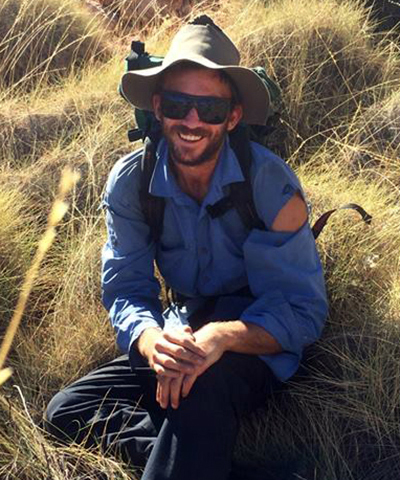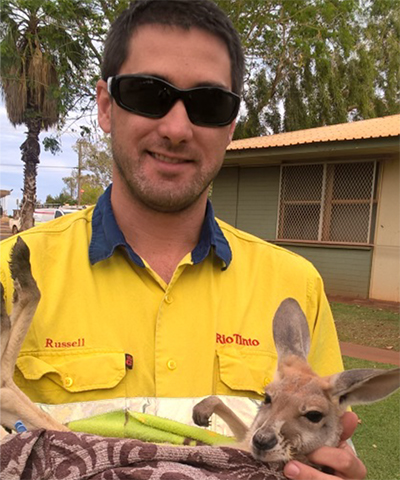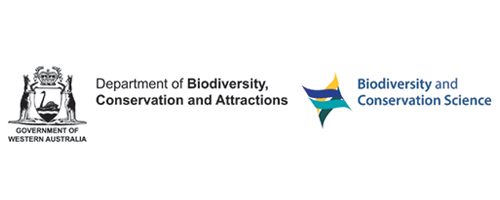
Project: 1.1.7
Some responses of the threatened Northern Quoll to a large-scale cat baiting program in the Pilbara
Project Leaders: Brett Murphy , John Woinarski
Research in Brief
This research project will build on an existing large-scale feral cat baiting program in the Pilbara being undertaken by the WA Department of Biodiversity Conservation and Attractions (DBCA) in partnership with Rio Tinto in order to:
- advance our understanding of how native species respond to feral predator control; and
- how to optimise future cat baiting programs more generally.
Across northern Australia quolls have been severely impacted by cane toads and feral cats. Due to the absence of cane toads, the Pilbara is a region of vital importance to Northern Quolls. This project will focus on the response of Northern Quolls in particular, to the cat-baiting program. 

One of the Pilbara field work sites. Photo: Nicolas Rakotopare
Why is the research needed?
This project addresses priorities in the Australian Government’s Threatened Species Strategy, related to targets for the effective control of feral cats, and to the management of cats to allow for the recovery of priority threatened species. Feral cats have contributed to the extinction of many species and remain a serious threat to Australia’s vertebrate fauna, especially its small–to medium–sized mammals.
Feral cat baiting programs represent major resource investments. Given the significant costs, research that can 1) assess the cost benefit of such investments and 2) provide evidence to optimise future programs, is essential to effective policy and programs in this area.
Limited knowledge about how cats behave in response to baiting programs also limits opportunities to optimise such programs. Eradicat baits contain 1080, to which Northern Quolls in WA have some natural tolerance, however questions remain over the potential for an Eradicat baiting program to have both lethal and sub-lethal (such as reduced reproductive success) impacts on Quolls.
The 4 year cat-baiting program in the Pilbara is being undertaken for Rio Tinto, by WA DBCA. It is a biodiversity offset intended to benefit the threatened northern quoll and Pilbara olive python.
How will the research help?
The operation of this offset by Rio Tinto and DPaW in the Pilbara presents a valuable opportunity to gather evidence on the response of cats and native species to a major cat control program.
In particular the research will provide:
- an assessment of fine-scale habitat use of quolls and feral cats, and whether such information can be used to refine baiting procedures to reduce the potential bait risks to quolls, and maximise likelihood of bait uptake by cats;
- as assessment of whether quolls (and other target species) expand habitat use following reduction in cat abundance;
- longer-term modelling of the responses of threatened species to a range of cat management options.
- an evaluation of the cost-efficiency of some baiting options relative to the likely benefits for target species; and
- an assessment of the sub-lethal impacts (e.g. through reduced reproductive output) on northern quoll of cat baiting using typical management regimes.


The health and movement of Northern Quolls within the cat control area is being assessed in the study. Photo: Nicolas Rakotopare.
What research activities are being undertaken?
In particular this research project will:
- Use a combination of GPS collars and camera traps to track cats to assess habitat use and density in different habitats. The findings will be valuable to understanding how cats respond to the baiting and to optimising the baiting program.
- Use GPS collars to track northern quolls to investigate whether their range and habitat use increases after cat control.
- Assess behavioural (i.e. foraging efficiency) and physiological (physiological stress) responses of northern quolls to variably reduced cat abundance.
- Assess the responses of other native species (additional to northern quoll) to cat control, with abundance determined by trapping and remote cameras.
- Assess the cost-effectiveness of cat control management.
- Assess sub-lethal impacts of 1080-baiting on northern quolls (such as through reduced reproductive success).
The research will assess quoll and cat numbers in areas subjected to broad-scale cat-baiting and in comparable (control) areas not exposed to baiting.
Who is involved?
The research project is being undertaken by researchers from Charles Darwin University, who are working collaboratively with Rio Tinto and DBCA researchers who are responsible for the cat baiting program and aspects of the quoll and cat monitoring studies.
Where is the research happening?
This research is being undertaken on the Yarraloola pastoral lease in the Pilbara region in WA.
When is the research happening?
The project commenced in mid-2016 and will run until June 2021. One broad-scale baiting episode will be implemented per year.
More Information
For more information please contact:
Billy Ross - william.ross@cdu.edu.au
Top Image: Billy Ross with a Northern Quoll captured for a health check and monitoring. Photo: Nicolas Rakotopare
-
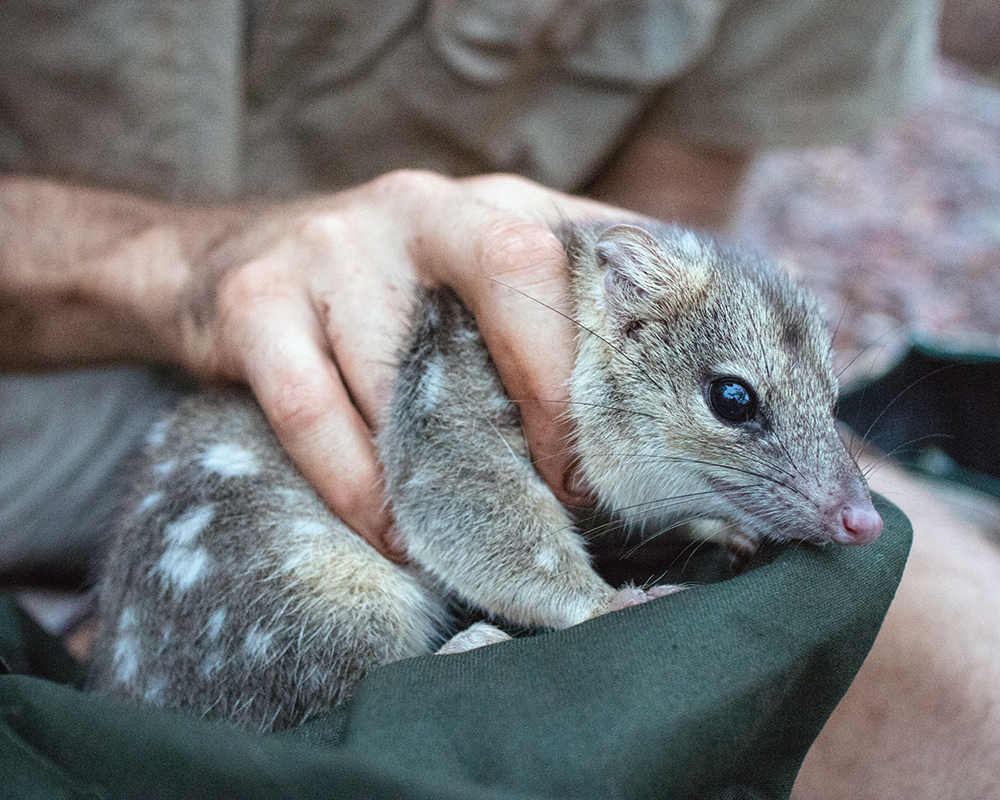
Video: How are Northern Quolls responding to feral cat baiting in the Pilbara?
Tuesday, 05 December 2017 -
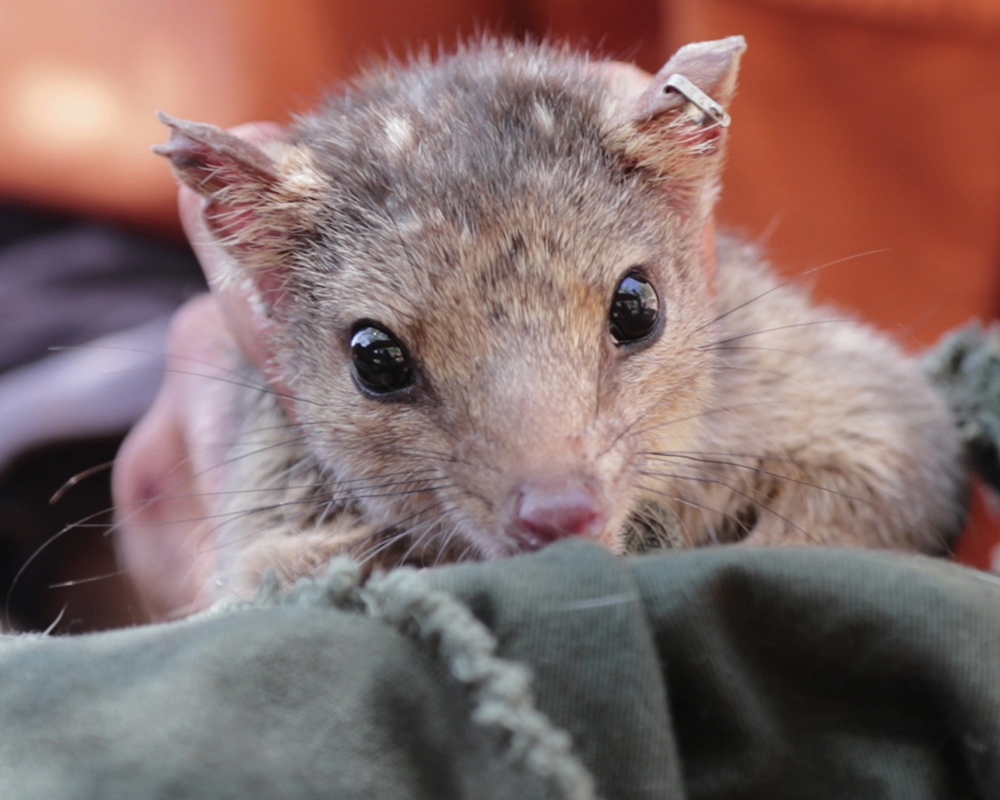
Life of quolls in the Pilbara
Tuesday, 04 December 2018 -
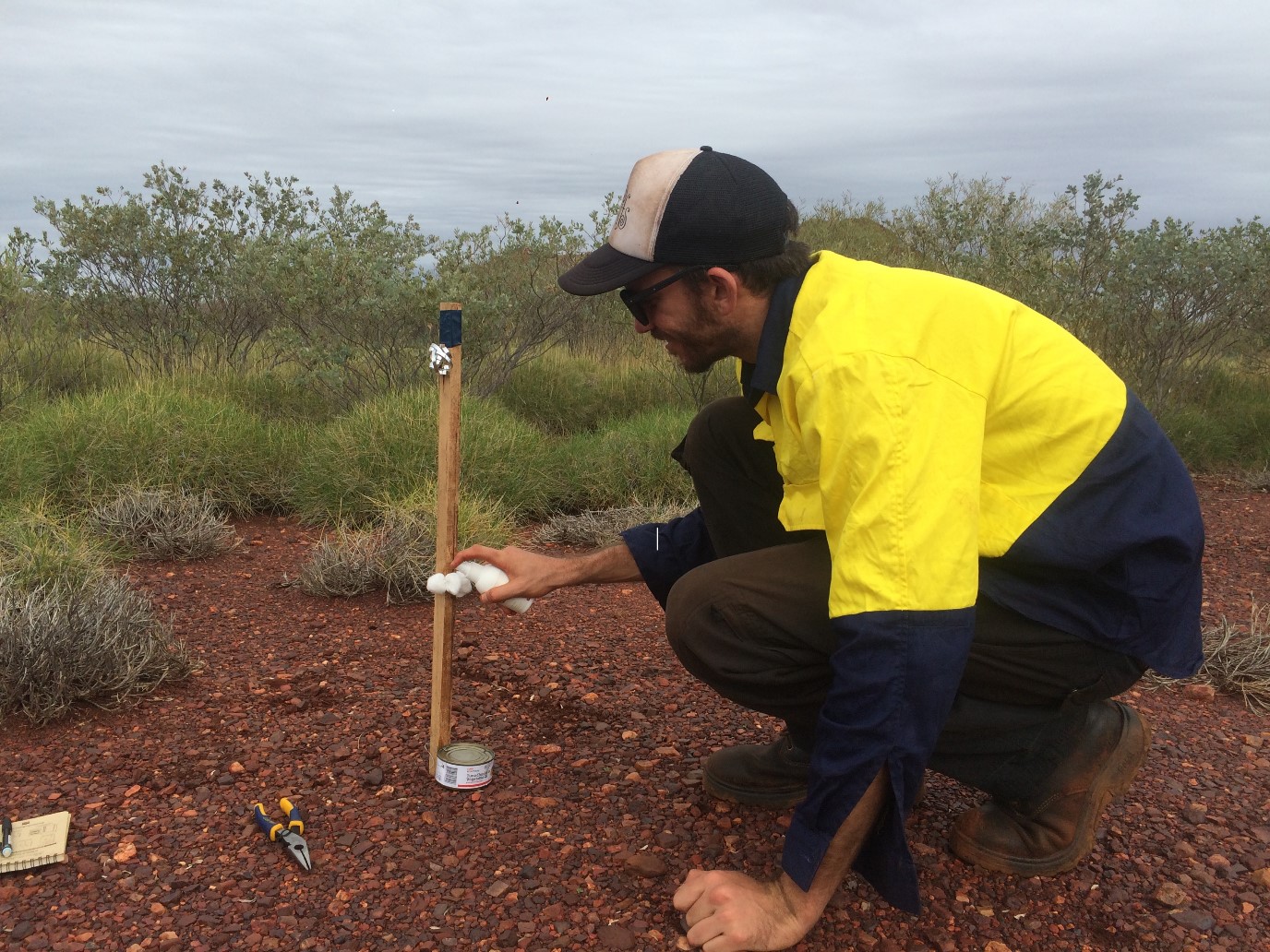
Will baiting benefit northern quolls in the Pilbara?
Monday, 01 August 2016 -
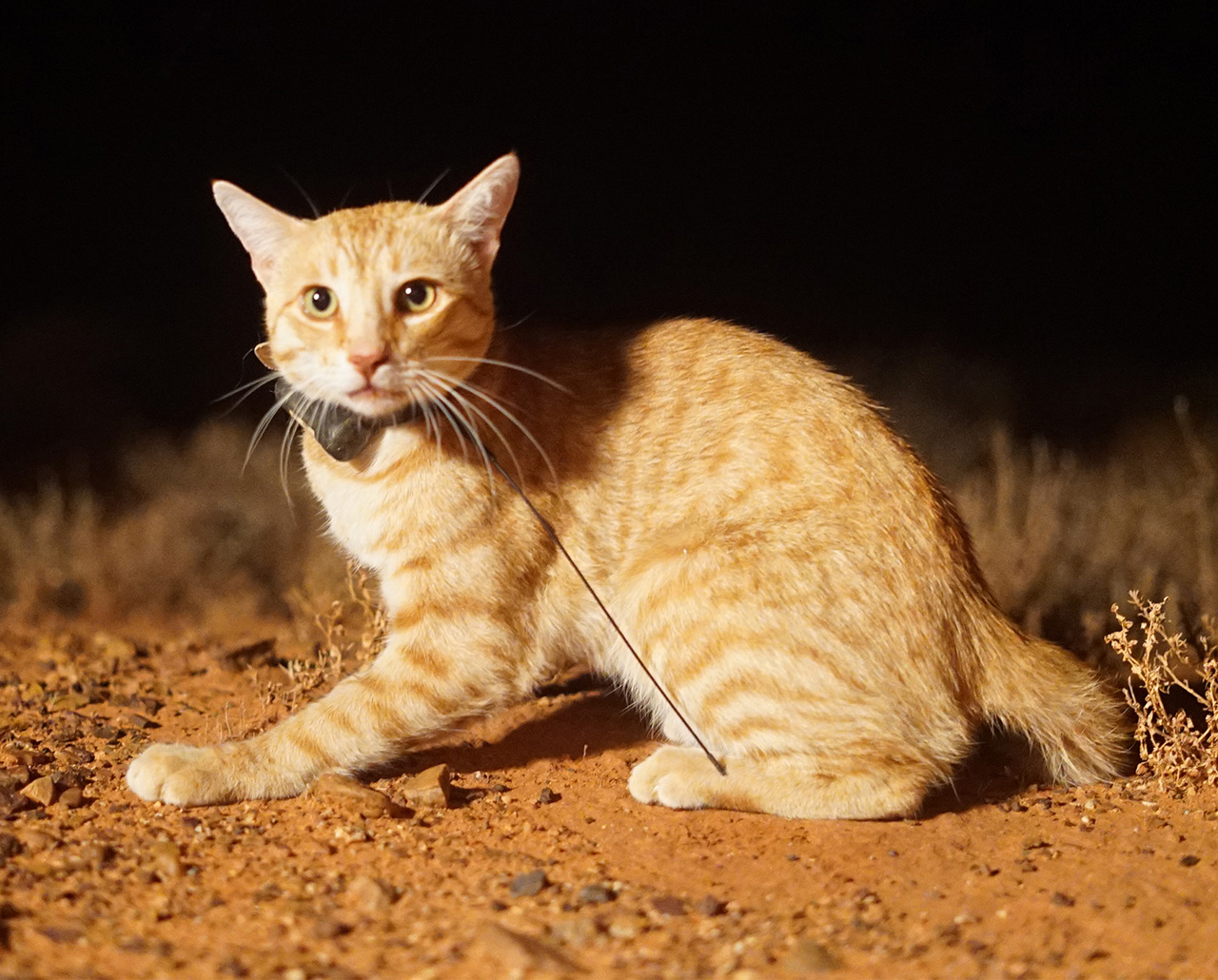
Cat science finalist for Eureka Prize
Monday, 28 September 2020





